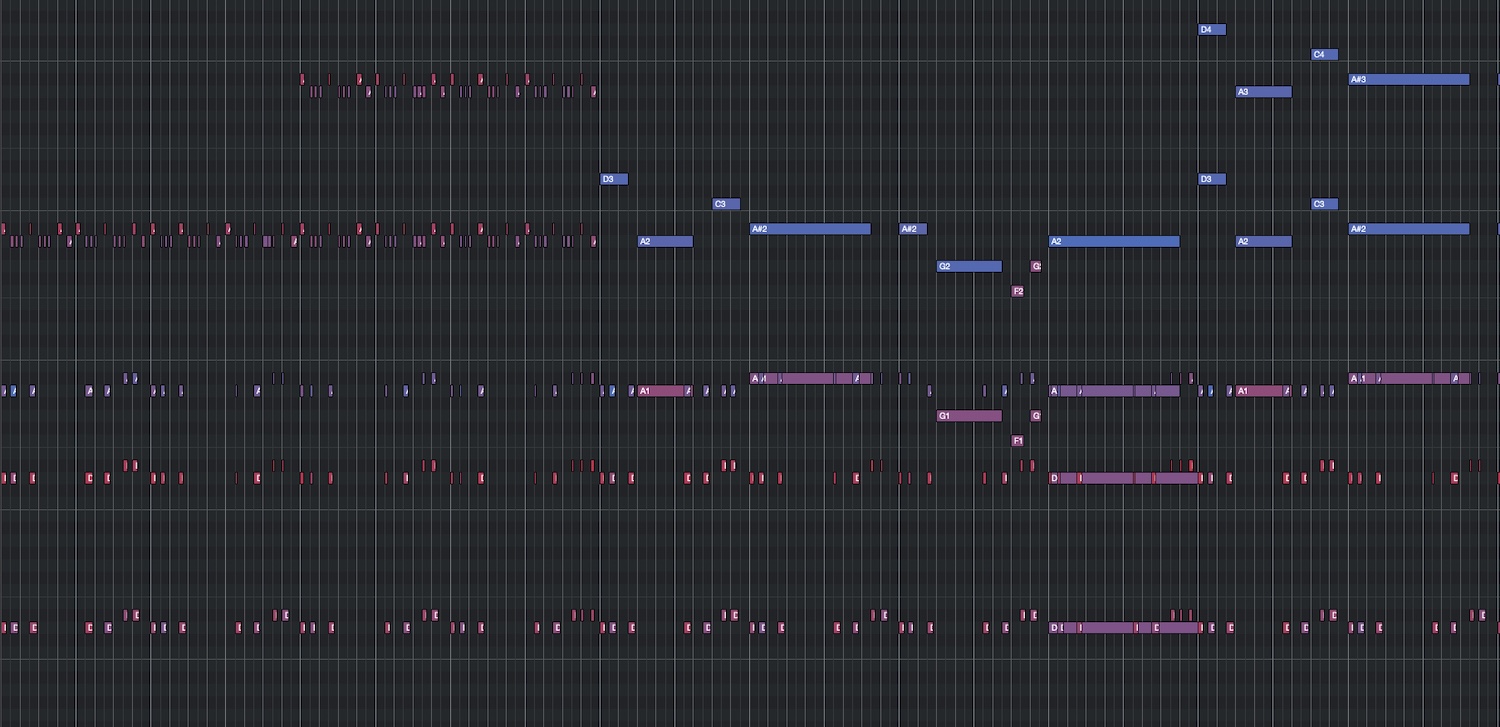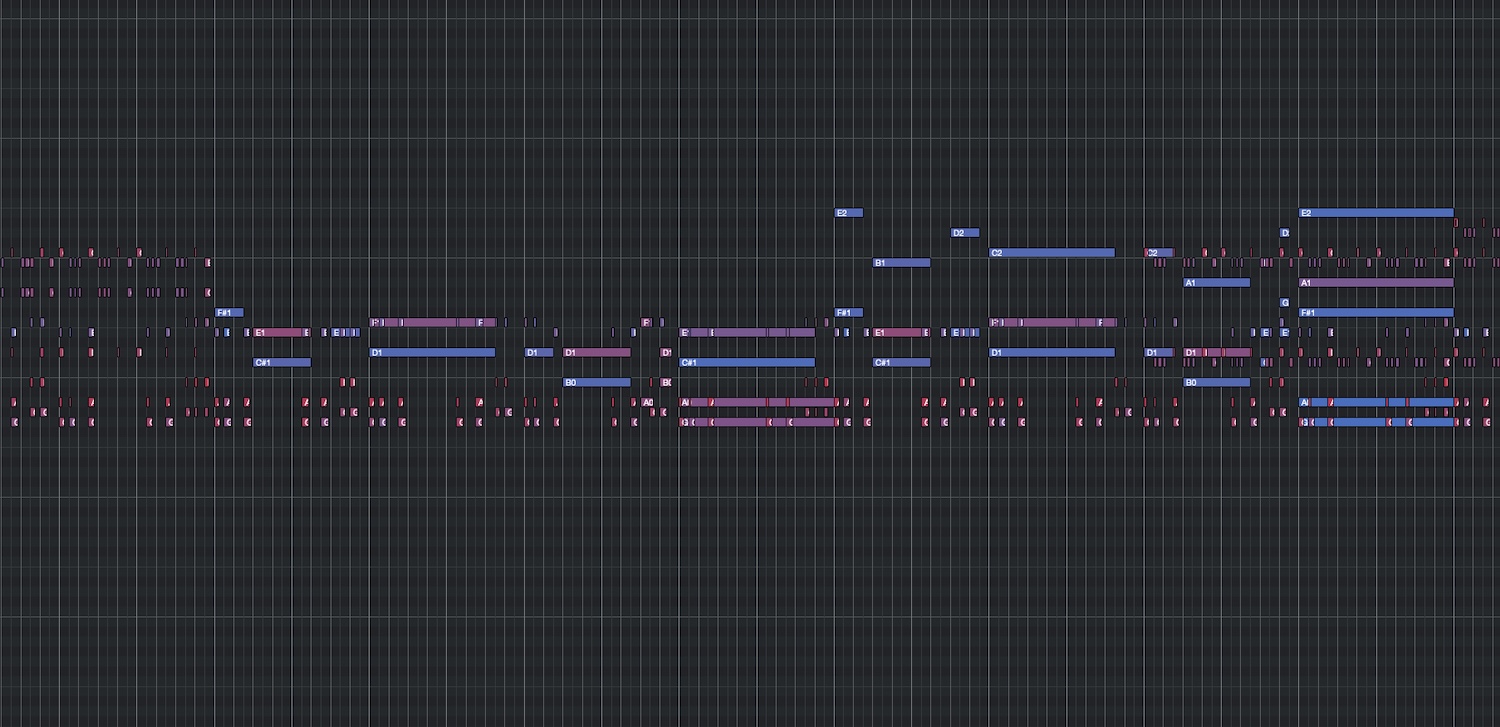
Does your music often sound muddy, messy and is difficult to mix? Here’s how to fix it.
Michael Baugh is an award-winning composer who regularly collaborates with Grammy winners and nominees. He's also a ThinkSpace Masters degree tutor and hosts our on-demand course The Sound of Modern Sci-Fi.
I struggled with this for years – piling on string libraries, doubling parts, and trying new plugins – but it never sounded clean. Then one evening, while I was toiling away on a mockup, my Emmy Award–winning composer friend Michael Worth showed me something simple yet powerful. Let me share it with you.
Although we’re going to focus on the string section, the same principles apply to brass, woodwinds, synths, and pretty much any ensemble.
To begin with, let’s reframe the string section into three layers:
- Highs: 1st Violins and 2nd Violins
- Mids: Violas
- Lows: Cellos and Basses
Now, you might be thinking: “But cellos could sit in the mids” or “2nd violins could work in the mids too.” And you’d be absolutely right! Instrument roles aren’t fixed. For the sake of clarity, though, we’ll stick with this layout as a starting point.
Watch this video where I demonstrate how stacking the lows, mids, and highs allows each part of the string section to occupy its own space, creating both clarity and power
The first thing you might notice is how this approach simplifies the writing process. It becomes much clearer what each part of the string section should be doing. You can also hear how much natural power comes from the low end, and how much clarity the mids and highs bring, even without any EQ or mixing. That’s the beauty of strong, simple orchestration: it delivers clarity and power right from the get go, so you’re not left thinking, “I’ll fix it in the mix.”
A Quick Look at Good vs. Problematic Orchestration
An important thing to keep in mind is spacing between notes. When your parts are spaced apart, say, a fifth or an octave, the result is cleaner and more powerful because each line has room to breathe. Notice in the image below how each part has some space: certain lines support each other in octaves, while others are spread by a fifth, creating clarity, power and balance.

This spacing prevents muddiness and allows the section to resonate naturally.
On the other hand, when the parts are packed too closely together, the sound quickly becomes muddy and indistinct. Rather than getting power, you end up with a blur of notes fighting for the same space.

Notice how the notes are clustered too closely, competing for the same frequencies. This kind of voicing makes your strings, and your orchestration as a whole, feel small and messy, no matter how many libraries, plugins, or hours of mixing you throw at it.
Why not give this method a try and share your results? Post it on social media and tag us, we’d love to hear what you come up with!
Want the midi or/and the stems I created in this video?
Remember to set the tempo in your DAW to 150bpm.
The Instruments I Used (and a Great Free Alternative)
Benjamin Wallfisch Strings from Orchestral Tools
Beaufort Brass from Orchestral Tools
Afflatus Strings from Strevoz Sampling
A free alternative:
Berlin Free Orchestra from Orchestral Tools
